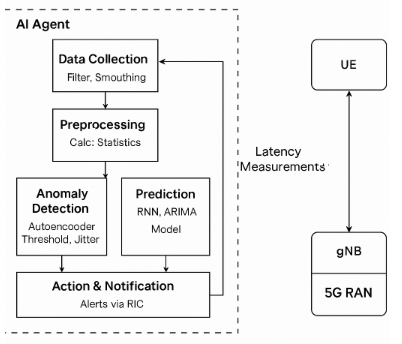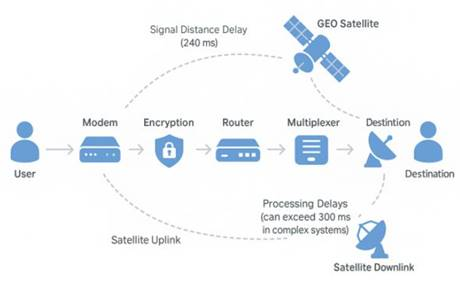⛽ The AI Agent is Always Online: Telecom Gets a Brain
- Chloé Durand
- Aug 5
- 2 min read
A divisive technology, AI is THE hot topic that crystallizes all energy. No sector has been spared from its technology, economic and societal impact, massive investment, security issues, culture and even politics.
Whether this is a genuine revolution or a temporary phenomenon, only time will tell.
The telecom sector is not to be overcome and is also in the spotlight of this new technology, from which it stands to benefit. Let's try to decipher some of the fundamentals.
What’s an AI Agent in the Telecom world?
An AI agent in Telecom is a software entity that:
observes its environment (e.g., network KPIs),
compares measured quality levels versus expectations (SLAs)
performs diagnostics on variations and tries to identify source of issues
makes recommendations using AI/ML models and rule engines,
supports decision making to optimize or maintain network performance.
It typically runs at the edge, on premises, or in a cloud-native architecture (e.g., inside Kubernetes), and can be used in radio access networks (RAN), transport, or core.
In the long run, once validated, step 5 could be fully automated to enable self-healing networks.
What about an AI Agent for latency ?
It monitors latency between two network nodes, detects anomalies, and predicts future degradation in performance (e.g., congestion or instability).
Let's dive into the step-by-step procedure
The main steps are the following:

Let’s give an example for an AI Agent for Telecom
The fiber link between two nodes starts showing increasing latency (from 5 ms to 30 ms over 10 minutes).
The agent detects this drift exceeds the dynamic baseline (10 ms ± 5 ms).
It forecasts latency to exceed 50 ms in the next 5 minutes.
It triggers an alert via MQTT and sends an HTTP POST to the orchestrator / SD WAN (e.g., ONAP, a comprehensive platform for orchestration, management, and automation of network and edge computing services for network operators, cloud providers, and enterprises).
The orchestrator reacts: reroutes traffic through an alternate path or allocates more resources.
Any idea of the technology stack used ?
High-performance agents: C++, Rust, Go
Messaging / Transport: MQTT, Kafka, gRPC
Embedded AI Model: PyTorch with TorchScript
Local Storage: InfluxDB, Prometheus TSDB, or SQLite
Local DB buffer (1 day of data): 50 to 500 MB
Agent binary (or container): 20 to 60 MB
In $ an estimated Market Value in 2025 ?
AI Agents specifically (as part of this AI Telecom market = 7-10 $Bn):Likely account for $1 to $2 billion in software, licenses, and services.

Reminder for new comers:
Marc Soulacroup





Comments